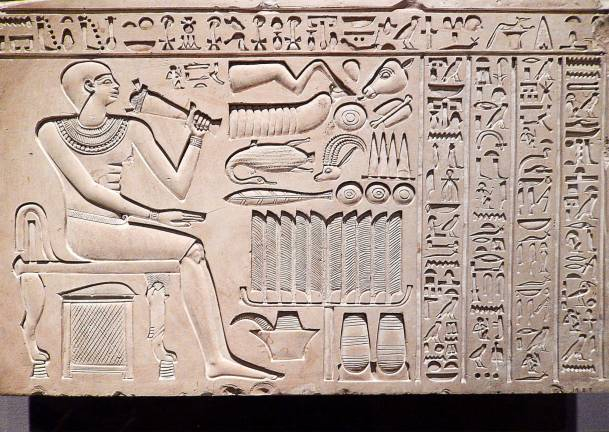The rise of the Middle Kingdom
Numerous individuals died as a result of the Old Kingdom's collapse, and the population continued to drop for an additional 200 years into the First Intermediate Period. The cultural tenets established at the dawn of Egyptian civilisation and codified under the Old Kingdom were reinterpreted throughout this time, including the kingship ideology, social structure, religious practices, ideas regarding the afterlife, and interactions with surrounding peoples. Architecture, sculpture, art, relief decoration, stelae, jewelry, personal items, and literature all attest to these changes.
The Upper and Lower Egypt regions were divided by warfare during Egypt's civil war. However, the civil crusades came to an end in 2055 BC, and Upper Egypt triumphed. As a result, the regions were united, and Mentuhotep II began to rule as the new pharaoh of the 11th dynasty. Up until the 13th dynasty, when the pharaohs were viewed as less superior to the nomarchs, the country thrived.
The nomarchs had complete authority over the populace and established a strong administration supported by their wealth. The Middle Kingdom, however, was overthrown as their influence began to wane during the 12th dynasty.








